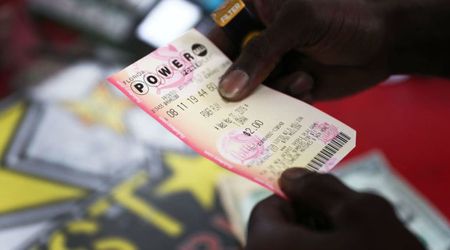Car Dealers Across the US are Scamming Buyers With Odometer Fraud; Here's how to Spot it

Technology is meant to make life easier and has been integrated into vehicles to enhance road safety, but while motorists are protected while driving, technology can leave them vulnerable to scams. Odometer fraud involves altering a vehicle's odometer to change the mileage, and is pulled off by disconnecting or simply resetting the odometer. Odometer fraud is a common practice by shady car dealers who alter the odometer to make consumers buy a used car.
Issues with an odometer are caused when the owner of the car or even the seller alters the mile that is displaced on the car's odometer. While many may think that odometer fraud is not as prevalent as it was, this scam has witnessed a nationwide surge.
It was reported that Scammers can now roll back odometers in a matter of seconds. For instance, in a car that has 124,000 miles on it, scammers can input about 43,000 miles and it changes once they click enter.
Experts say that the tool for this can be purchased off eBay, which means that it is readily available for scammers to use.

Odometer fraud on the rise
According to data, around 2.1 million vehicles on the road have had their odometer altered. Experts say the average consumer won't be able to tell if a car has had its odometer rolled back by just looking at it, but there are some things they can watch out for.
One option is getting a vehicle history report, and another option is to get it checked by a mechanic that the consumer trusts.
How to protect yourself?
If you ever suspect that the odometer of the car that you are planning to buy has been altered, there are certain steps that you can take. One thing that you can do is, look for oil-change stickers, service records, or warranty cards that may show you the changes. Another wise thing would be to ask for the odometer statement received by the person who is selling the vehicle to you to find out the mileage at the time he or she bought it. Always look at the car's door frame and if an odometer is repaired or replaced that odometer will be incapable of registering the same mileage.
Red flags to look for
Usually Low mileage as compared to the vehicle's age.
Wear and Tear has no connection with the odometer
Dashboard Shows signs of tampering.
The mileage does not match the car's history.
Very low Pricing.
What else do We know about odometer fraud?
Data also shows the ten states with the most vehicles with rolled-back odometers, and nine out of the ten states saw an increase in odometer fraud. For example, California was up by 7.2%, Texas by 12.8%, New York by 9.0%, Florida by 1.4%, Illinois by 7.6%, Pennsylvania by 2.1%, Georgia by 4.0%, Arizona by 4.8%, and North Carolina by 8.2%.



















